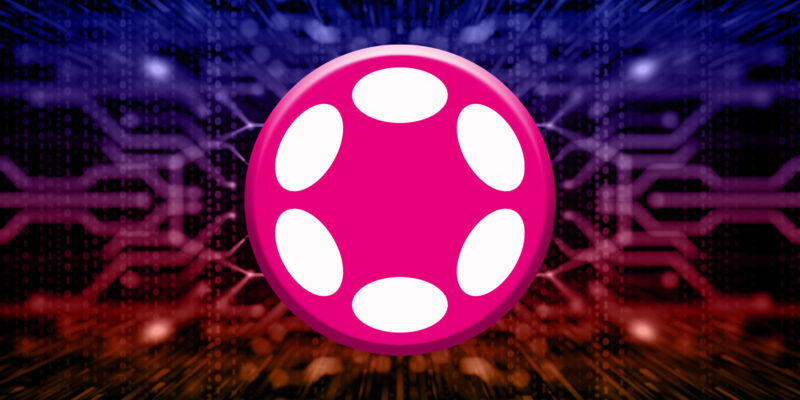- Polkadot is a protocol that is used to transfer data across blockchains.
- The Polkadot ecosystem is growing as DeFi is creating many new products.
- It is a Layer 0 blockchain that is considered better than Ethereum and impacts the interoperability factor.
Polkadot is a protocol that allows the transfer of data across blockchains. The DeFi ecosystem plays an important role in the Polkadot as it is a financial technology that is based on distributed ledgers. It is a new type of blockchain network that follows the PoS protocol and is based on the Layer 0 solution.
What Is Polkadot?
Polkadot is a network protocol that allows the transfer of arbitrary data across blockchains. There are different protocol layers, such as Acala, Bifrost, Stafi, Equilibrium, Centrifuge, HydraDX, Zenlink, Laminar, and Mangata. The application layers in Polkadot are Sushiswap, Polkaswap and Clover.
The Polkadot ecosystem isn’t bound by the trust that the receiving chain has in the sending chain. Polkadot uses XCMP (cross-chain message passing) for asynchronous communication between parachains. Chains can send a message without a response expectation. DeFi, which is built on Bitcoin and Ethereum, will be able to communicate within the Polkadot ecosystem.
For example, Interplay is building a low-trust Bitcoin bridge, whereas Chainsafe and Snowfork are working on low-trust Ethereum bridges. Novel and interoperable DeFi products can be created by teams building on Polkadot by leveraging XCMP and bridges.
DeFi projects can take advantage of Polkadot because of its powerful set of features. There is a unique sub-category in DeFi called liquid staking and it is observed that, according to some projects, Polkadot will likely be the most adopted blockchain ecosystem for liquid staking. DeFi projects in Polkadot are creating new concepts altogether. For example, Alcala’s dSWF (decentralized sovereign wealth fund) aims to make Acala economically sustainable to cover ongoing funds for research and development and to pay for security on the Polkadot network.
The Impact Of Polkadot On Blockchain
It is a network that unites blockchains into a single space where users can create their blockchains, so-called parachains, and then process and exchange data from various blockchains. It was created to simplify the creation of custom blockchains for developers’ projects. It aims to solve the fundamental problems that are preventing blockchain technology from becoming a full-scale practical application. It is designed to increase the interoperability of different blockchains, such as ETH and BTC. It can impact the scalability and isolation of blockchain.
Network nodes currently help process transactions in a one-on-one format. Blockchain remains discrete and independent and lacks two-way communication and interoperability. It can serve as a base for other cryptocurrency projects. It is a Layer 0 blockchain that goes even deeper than Ethereum.
Conclusion
The future of the Polkadot ecosystem is bright, as teams in the DeFi ecosystem are building or considering a wide variety of products. The most development activity is observed in products such as non-custodial exchanges, money markets, oracles, and stablecoins.
These types of products are generally considered DeFi primitives and building blocks. It has a great impact on blockchain as it is a Layer 0 blockchain that affects the interoperability and scalability of the blockchain. It is based on the PoS (proof-of-stake) consensus mechanism, which implies validators use tokens placed as a guarantee to determine the next block in the chain.


Comments